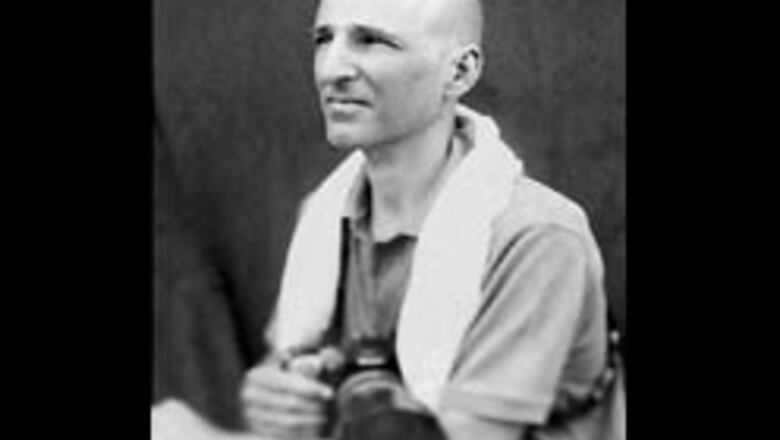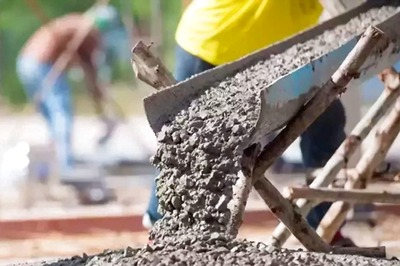
views
As we sit down for our chat amidst muted orange walls and the aroma of coffee, photographer Sephi Bergerson orders a cola. When told that the café does not serve any such beverage, he opts for bottled mineral water.
A typical reaction for many 'foreigners' who come to India is to avoid drinking anything but bottled water and not touch Indian street food. It is interesting therefore, that Sephi has spent four years shooting Indian street food across the span of the country.
One is curious and cannot help asking if he only shoots the food or if he has tried any of it: The Delhi underbelly having a global notoriety.
"The first thing I ate in India were pakoras in Paharganj from this man who had been sitting in that same corner for 50 years now. The only couple of times I have been ill in India was when I ate restaurant food," he retorts. "I prefer street food over restaurant fare any day. It cost me a Rs 100 bucks a day, when eating in Mumbai: Rs 10 for two vada-paav and another Rs 10 for a mausami juice and Rs 80 for train tickets to and fro," he says.
A commercial photographer for 12 years and the president of the Photographer's Association in Israel; wanderlust and a desire to chase his original dream – become a documentary maker – brought Sephi and wife Shefi to India in February 2002. They had wrapped a flourishing career back home when they chose to shift base to Delhi.
"The idea for street food took off when I got a call from an Israeli food stylist who wanted to do something India-related. While that did not take off, I had shot couple of films in Paharganj and was stunned by the results. So I kept shooting," narrates Sephi.
"I was documenting a part of history, which would not be here for much longer. It won't go completely, but it will become much less fascinating than its now. The chhole kulche waala wont walk around with his cart and his brass matka but will be in a shop instead. The same thing that happened to falafel in Israel. Earlier it was a local product, found on every street, now you have restaurants that call themselves falafel queens. So you will always find street food, but you wont find the bicycle guys who sell kachoris," he says.
"And I had told him this, that things in Delhi would change, that street food won't be the same again. He'd laughed and said it wasn't possible; that Delhi was street-food. Now look what's happened," he says; referring to a 2004 conversation he had with Amitabh Kant, joint secretary, ministry of tourism.
Three years since then, 'street-food' is off Delhi roads, the government having decided to allocate shops instead. While many say that removing street food vendors and structuring them is a move that any developing nation takes, others rue the death of a culture. For Sephi, documenting street food was getting really personal with India and Delhi.
And his parting words as we wrap our chat – in the face of dying street food and fast changing cities – are thought provoking. "There is no stopping it, does not matter what you think of it. It is the logical movement of things. And yet things change very fast. When we had come to India and looked out our window, we saw ambassador cars. Today if you see an old lady getting out of an ambassador, it's an end of an era. So is the end of street food." Are we watching yet?
Sephi Bergerson currently resides in New Delhi with his wife Shefi Carmi-Bergerson and daughter Liah. Sponsored by Nestle, he held an exhibition of his Indian Street Food photographs in India Habitat Centre, New Delhi IN 2004. He has recently shot the Dharavi slums and plans to try a completely new technique in his next work, which "will be as far from food as possible".



















Comments
0 comment